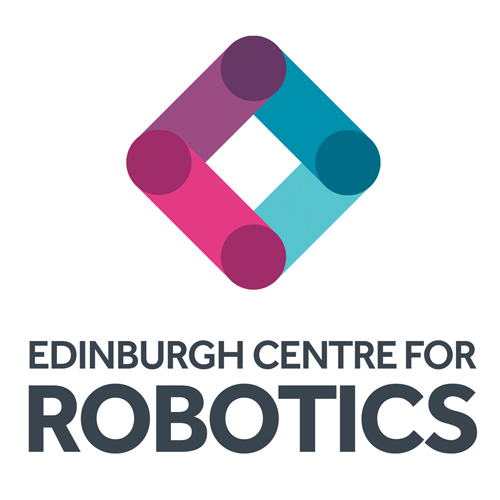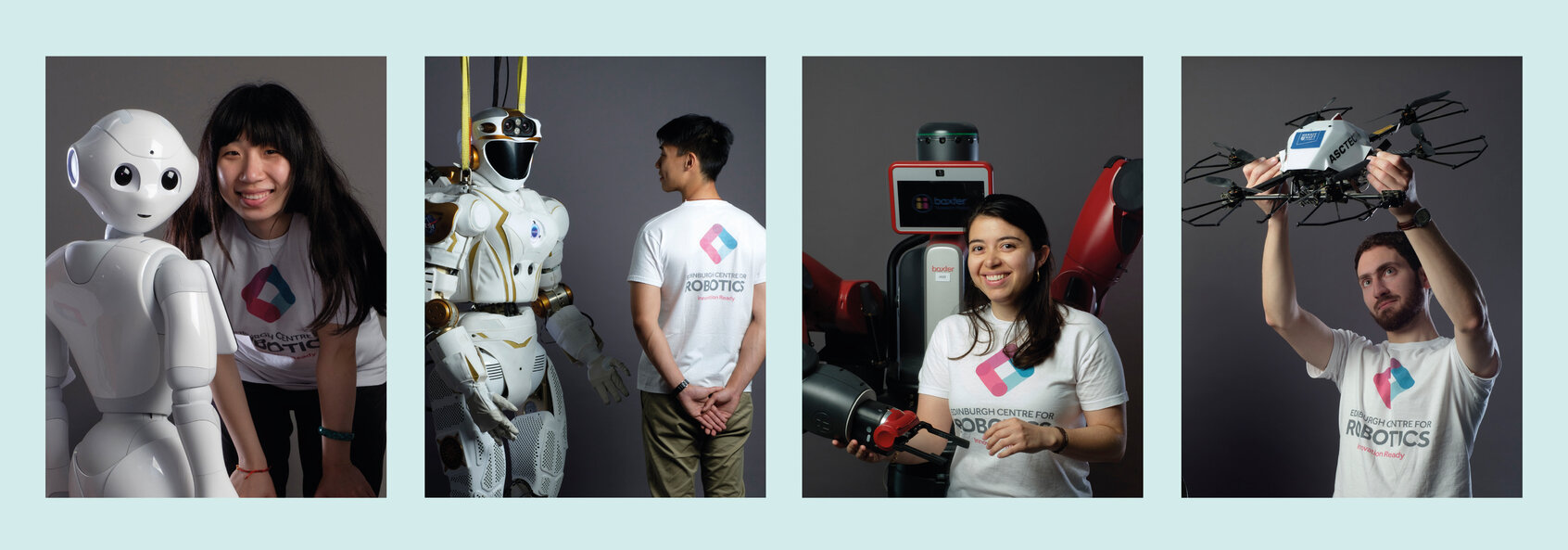RAS CDT student wins top prize in Student Research Competition
Submitted by Anne Murphy on Thu, 23/05/2019 - 16:11Congratulations to Edinburgh Centre for Robotics student Siobhan Duncan (2016 cohort) who was awarded first place in the ACM SIGAPP Symposium on Applied Computing Student Research Competition held in Cyprus in April for her work titled “Bringing Stigmergy into the Real World”


